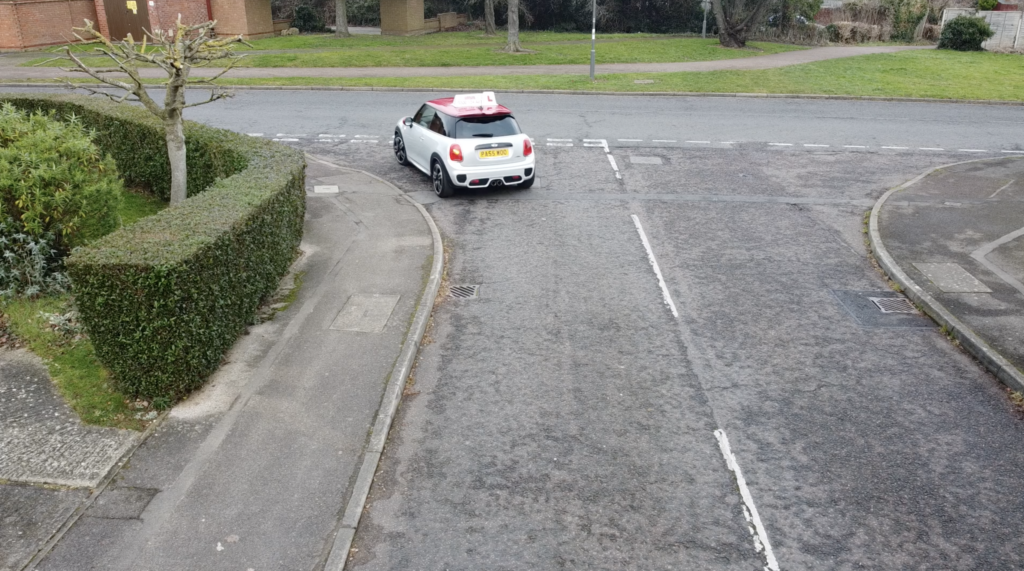Objectives: You should be able to identify a junction with a major road ahead using the MSPSL routine on the approach. You should be able to emerge left and right from a minor into a major road, under control and with due regard and safety for other road users.
Emerging at T-Junctions
On the approach look out for the give way lines, cars turning into your road and road signs.
Closed and Open T-Junctions
There are two types of T-Junctions:
Open: This means visibility on the approach is good, you can see up and down the major road fully, so you will be able to make your decision earlier to go or prepare to hold back.
Closed: Also known as ‘Blind’. This means visibility on the approach is usually poor due to houses, trees etc. blocking your view until you get closer to the give way line. You will need to approach these a lot slower than the open T-Junctions.
MSPSL
M: Check your interior and left door mirror for turning left! Look out for anything following close behind and emerging on your left when you slow down, like cyclists.
S: Make sure you signal in good time so it benefits other road users. Be careful of signalling before the road you actually want.
P: For turning left, if you’re driving on quite a wide road then adjust your position to the left, about 1-2 drain widths from the kerb. If you’re on a narrow road, then maintain your normal driving position. If you are turning right, then position yourself beside the white centre lines but not over.
S: Open: Reduce speed down to roughly 10mph, then select 2nd gear and bring the clutch back up if you think you are ready to emerge.
Blind: You will need to reduce your speed gradually. Once you are roughly 2 cars away from the give way line, then push the clutch down fully and select 1st gear. If the car begins to judder before you get to 2 cars away, then push the clutch down. Continue to brake and, again 2 car lengths away, select 1st gear ready to pull away. You may need to use clutch control to move the car forwards slightly to improve your view.
L: The minimum observations required are to look right, left, right, before you emerge. More observations may be done if necessary though. Think tennis match observations and you shouldn’t go far wrong. If your view is restricted, then you can also lean forward to increase visibility. Avoid staring, quick head movements both ways. Look out for pedestrians around the T-Junction in case they step out. You will need to wait behind your give way lines until it is clear. Cyclists are also easily missed, especially when there are lots of obstructions such as parked cars near the junction.
Tips:
- Try to work out early on if you’re approaching an Open or Closed T-Junction.
- Apply the MSPSL routine in good time.
- If you are unsure of what gear you are in, touch the gear lever early.
- If you’re approaching a Blind T-Junction, try not to force it into 1st gear until your speed is less than 5mph and you’re almost at the give way line.
- You may need to use clutch control to ‘creep’ forwards. If the vehicle moves too fast on the clutch, dip the clutch and brake to slow it down.
Top Test Tips
Some areas have some really Blind T-Junctions on bends. If you are taking your driving lessons in London, your driveJohnson’s instructor will most likely show you these. The best way to deal with T-Junctions on a bend is by leaning forward. Sometimes, you need to almost look back over your shoulder to see the whole road because you’re on a bend. Take your time and creep out of these T-Junctions nice and slowly at 1mph (if Blind). You may hear traffic before you see it. If you do, slow down or stop to double check what might be there!








